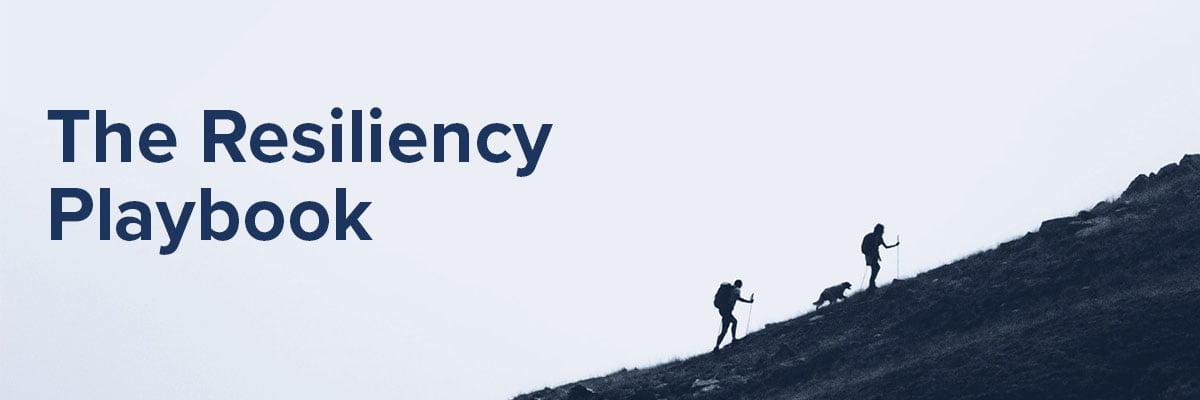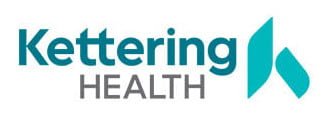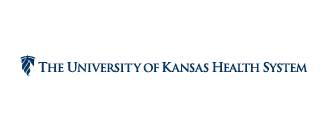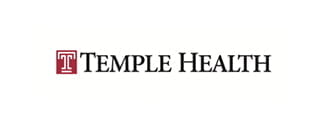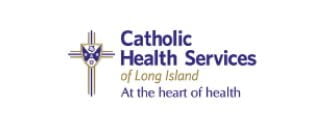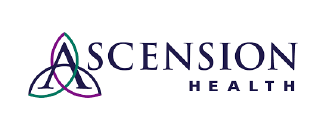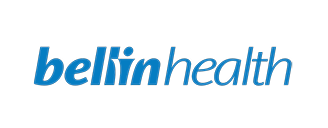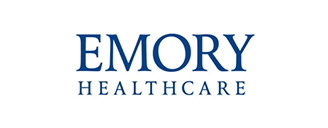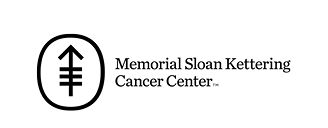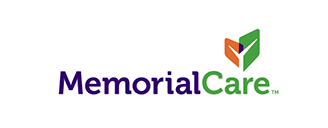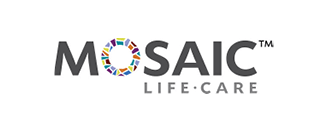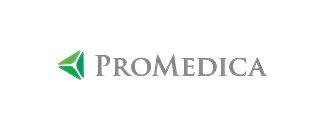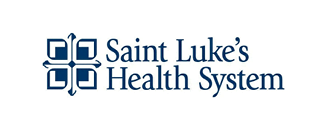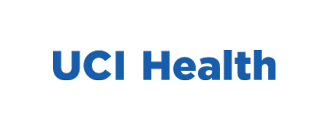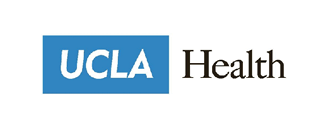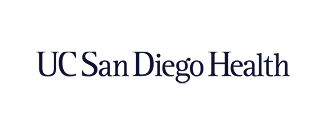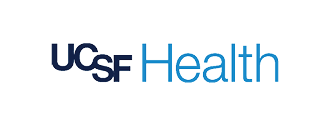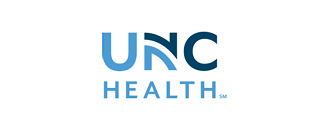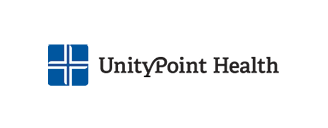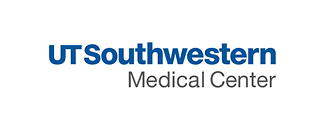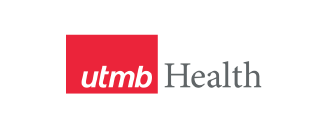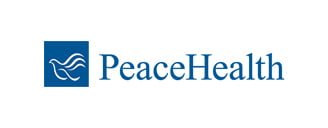Success is dependent upon having a communication plan in place for supply chain disruptions
COVID-19 created new supply chain disruptions and exposed existing supply chain problems, but even as the pandemic subsides, healthcare supply chain disruption remains a huge issue for the industry.
Clearly, communicating well is crucial to navigating these disruptions, including talking with potentially affected suppliers and sharing information with clinicians. In a recent article in Becker’s Hospital Review, four health system leaders shared the communications actions they’ve taken to attempt to keep product shortages from impacting patient care.
Four ways to improve communications:
Reach out to suppliers
According to Carlos Aguilar, VP of Strategic Sourcing at Kaiser Permanente, it’s imperative to reach out to suppliers who may be affected by current global events. Ask if their operations are being impacted and if they expect any disruption in supply.
Identify substitutes
If your primary vendors do expect any disruptions, have a list of substitutes on hand and know whom to call when placing an order. It’s also helpful to have clinicians and caregivers be stewards of resources and share any supply-related safety concerns of which they are aware. According to supply and safety leaders at the Cleveland Clinic, shifting to this more proactive approach has helped diminish the shortages that impact their operations at the front line.
Create a data-driven collaborative planning and execution model
Motz Feinberg, VP of Supply Chain at Cedars-Sinai in L.A. created this type of model informed by real-time visibility into demand and supply variations, and teams “meet daily to review actual and projected usage, then incorporate available and inbound supply to develop and execute tactical support plans.” The collective efforts of supply chain leaders and clinicians have helped Cedars-Sinai “maintain necessary supplies and equipment, avoiding potential disruptions to patient care.”
Stockpile a critical supply of life-saving PPE
A commitment to patient safety prompted Hartford HealthCare to go from keeping a 3-month supply of PPE to a full year’s supply. By establishing an international strategy with direct relationships to Asian factories, they opened a warehouse dedicated to holding a 365-day supply of critical life-saving PPE to counter any potential future shortages.
If you fail to plan, you plan to fail
In an Executive Insights roundtable sponsored by the American Hospital Association and McKesson Corporation, Alain Bois, R.N. of the Northern Maine Medical Center reiterated the importance of communicating with suppliers. According to Bois, “We’ve had increased conversations over the past 18 months with our wholesalers that we haven’t enjoyed in the past. We’ve learned to collaborate more, even with organizations that previously we regarded as our competitors.”
In the same article, Terry Scoggin of Titus Regional Medical Center concurred saying, “Collaboration and communication were the two biggest considerations for us” when navigating the supply chain issues associated with the pandemic.
Clearly, creating a healthcare supply chain disruption communications plan is critical to navigating the continuing supply chain issues hospitals face. However, communication is only one part of the puzzle.
Download our Resiliency Playbook to discover how you can build a more resilient hospital supply chain.

